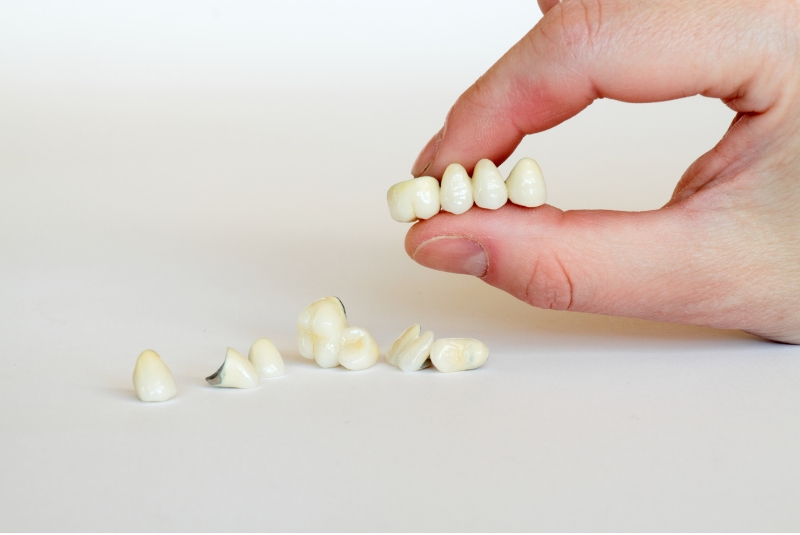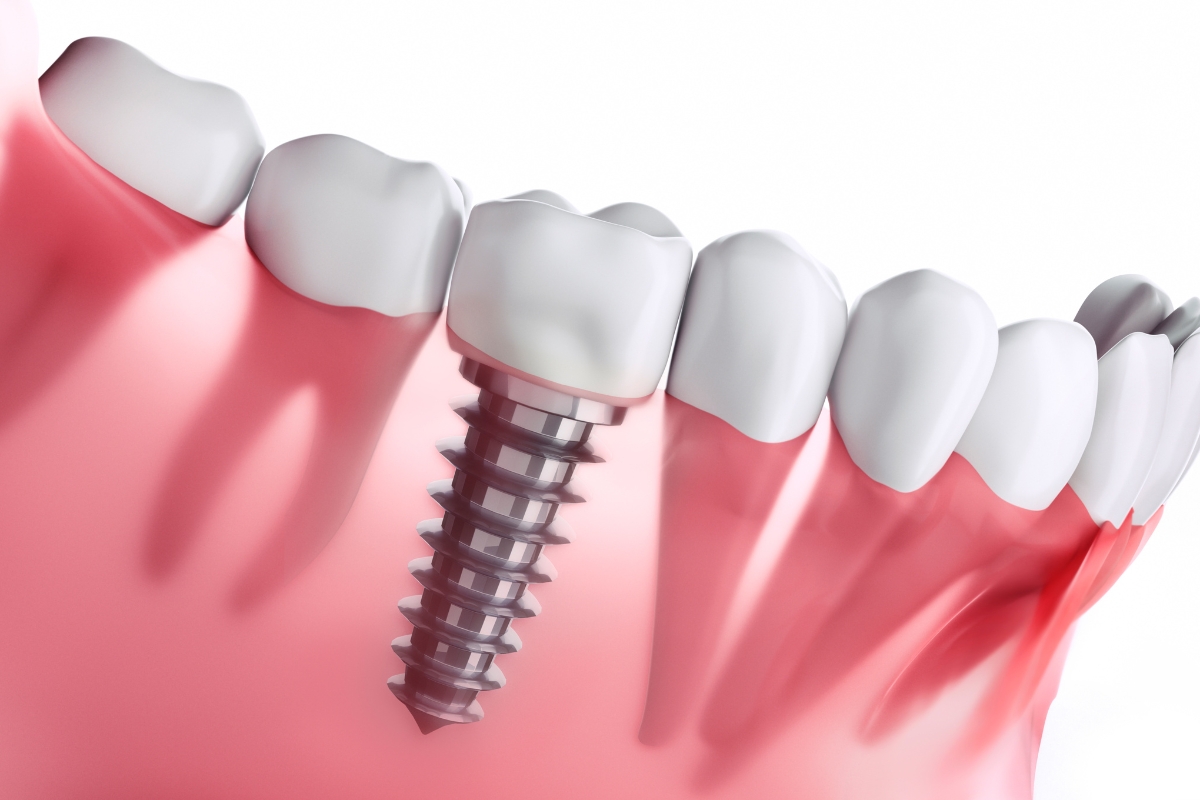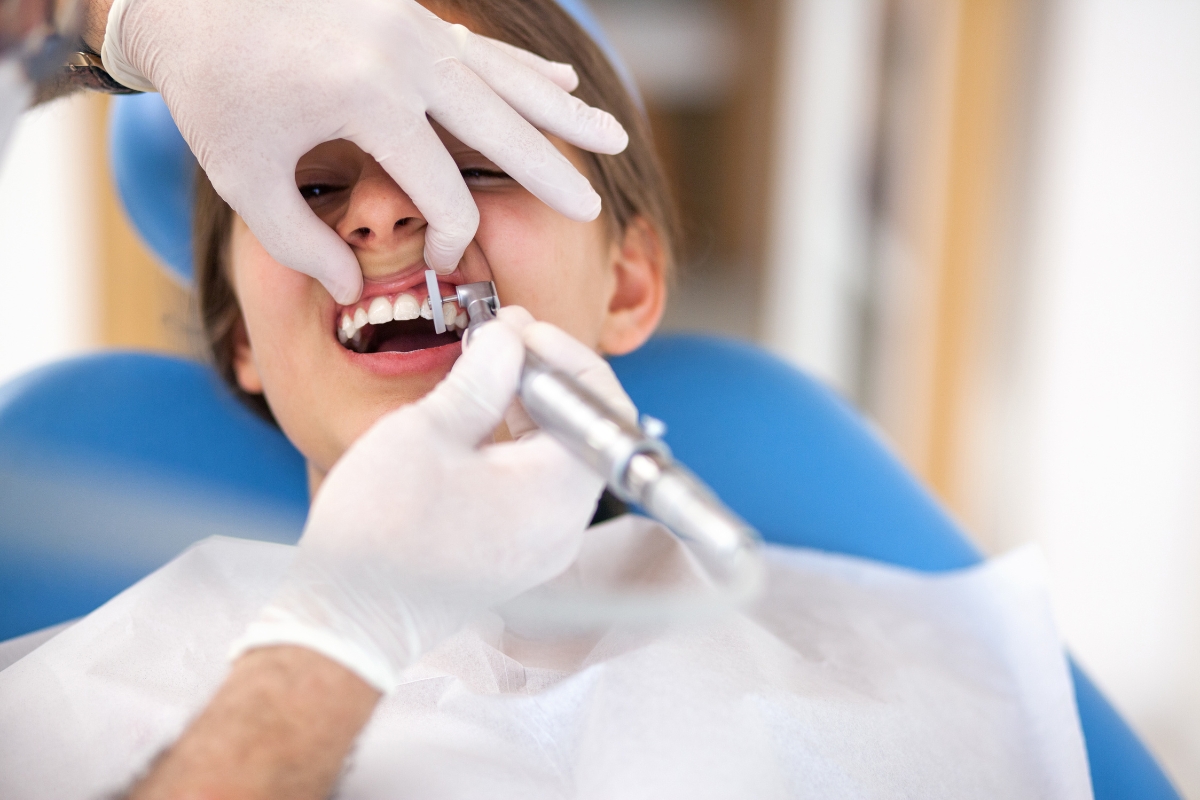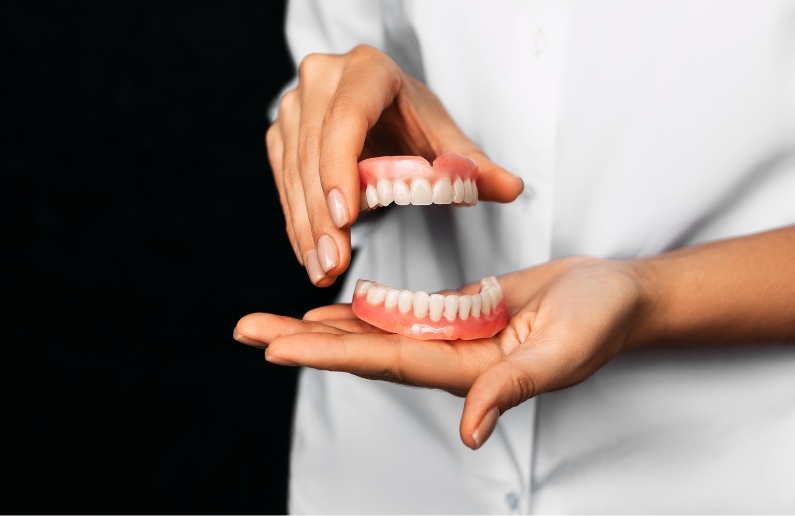
Five Immediate Steps to Follow When Your Dental Crown Breaks
November 23, 2023
Dental Crowns
Dental crowns are essential for protecting and preserving damaged or weakened teeth. They are a reliable solution for various dental issues, from decayed teeth to those with significant structural damage. However, even the most well-crafted dental crowns can occasionally face unexpected situations, such as breaking or becoming dislodged.
When a dental crown issue arises, knowing what steps to take to address the problem promptly is crucial. In this comprehensive guide, we will explore the immediate actions to follow when your dental crown breaks, ensuring you can regain oral health and comfort.
Five Immediate Actions to Take When Your Dental Crown Gets Damaged
1. Assess the Situation
Upon discovering a broken dental crown, the initial action is a thorough assessment. Precisely scrutinize the crown’s condition—whether entirely dislodged or partially intact. Additionally, gauge any discomfort or sensitivity in the affected tooth.
These careful observations are critical for gauging the extent of the issue and ascertaining the best course of action. Understanding the severity of the situation empowers you to make informed decisions regarding the next steps and to relay crucial information to your dentist for a swifter resolution.
2. Retrieve the Crown (If Possible)
In the event of a partially or fully dislodged dental crown, it’s advisable to retrieve it cautiously. Gently extract any remaining crown fragments from your mouth to avert the potential risks of swallowing or inhaling them, which could lead to further complications. While doing so, exercise care to prevent additional harm to the crown or your natural tooth.
Following retrieval, closely examine the crown for any visible damage or signs of wear, as this assessment is essential for determining the crown’s condition and informing subsequent actions. A thorough inspection will provide valuable insights for your dentist to assess the crown’s repair or replacement.
3. Contact Your Dentist
Following a thorough assessment and ensuring the crown is in your possession, your immediate action should be to contact your dentist immediately. Inform your dental care provider about the situation and request an emergency appointment. It is imperative to address dental crown issues promptly to avert potential complications and discomfort.
Your dentist will guide you, offering insights on the subsequent steps necessary to resolve the issue. They can facilitate a swift appointment, ensuring that your dental crown concerns are addressed at the earliest convenience, restoring oral health and comfort.
4. Maintain Oral Hygiene
During the interval leading up to your dental appointment, upholding your oral hygiene is paramount. Maintain your regular brushing and flossing routine, exercising extra caution around the affected region. Rinsing your mouth with warm water ensures cleanliness and debris removal.
It is also essential to be mindful of your dietary choices, steering clear of extremely hot, cold, or sticky foods, which could potentially trigger discomfort or cause additional harm to the exposed tooth. Prioritizing oral hygiene during this period can mitigate further complications and foster a healthy environment for the impending dental evaluation.
5. Over-the-Counter Pain Relief
Suppose you encounter any discomfort or pain stemming from a damaged dental crown. In that case, consider using over-the-counter pain relievers like ibuprofen or acetaminophen, following the dosage guidelines outlined on the product’s packaging. These medications can serve as a temporary solution, assisting in alleviating pain and reducing inflammation while you await your scheduled dental appointment. This approach can offer some relief and ensure a more comfortable experience until your dentist can address and resolve the issue with your dental crown, ultimately restoring your oral well-being.
Common Reasons for Dental Crown Breakage
Understanding the common causes of dental crown breakage can help you take preventive measures and avoid future issues. Some of the typical reasons for dental crown problems include:
1. Tooth Decay: Tooth decay beneath the crown can weaken the underlying structure, leading to crown breakage.
2. Chewing Hard Foods: Biting into hard or sticky foods can exert excessive pressure on the crown and potentially cause it to break.
3. Trauma: A blow to the face or mouth can dislodge or fracture a dental crown, whether from an accident or while playing sports.
4. Age: Dental crowns may wear down or become more susceptible to damage over time. Regular dental check-ups can help identify when to replace an aging crown.
5. Inadequate Fit: A poorly fitted crown may not distribute bite forces evenly, leading to vulnerability and breakage.
Preventing Dental Crown Issues
Preventive measures can help you avoid dental crown issues. Consider these actions:
1. Regular Dental Check-Ups: Consistent dental visits enable your dentist to monitor the condition of your dental crowns and address any concerns before they become major issues.
2. Maintain Good Oral Hygiene: Brush and floss your teeth daily to reduce the risk of tooth decay and gum problems that can affect dental crowns.
3. Avoid Chewing on Hard Objects: Steer clear of biting into hard objects like ice, pens, or popcorn kernels, as this can place excessive strain on your dental crowns.
4. Use a Mouthguard: If you participate in sports or grind your teeth at night, consider using a mouthguard to protect your teeth and dental crowns from damage.
A dental crown breaking can be a stressful experience, but following these immediate steps can help you manage the situation effectively. Promptly assessing the issue, retrieving the crown if possible, contacting your dentist, maintaining oral hygiene, and using over-the-counter pain relief when necessary is crucial in addressing a broken dental crown in Matthews, NC. Furthermore, understanding the common reasons for dental crown breakage and taking preventive measures can help you avoid future issues and ensure the longevity of your dental crowns.
More Blog Posts

Celebrating Dr. Ashley Dawson: Honored as One of America’s 40 Under 40 Top Dentists for 2025

Your “Use-It-Lose-It” Checklist: Getting the Most Value from Your Dental Plan

Maintaining Your Dental Implants: A Long-Term Care Guide

The Dawson Modern Dentistry Guide for Seniors in Matthews: What to Do in a Dental Emergency


